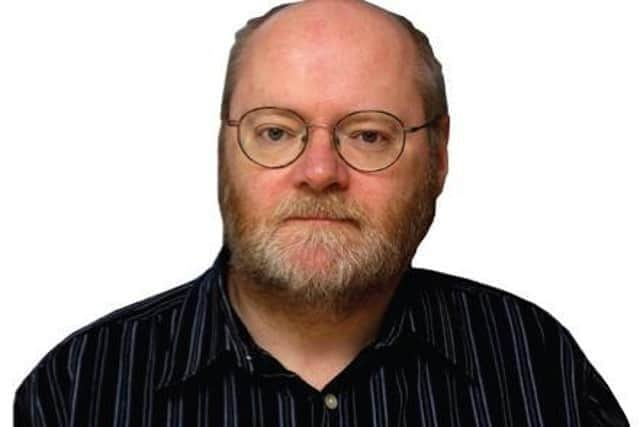Why we need new energy scenarios - Dr Richard Dixon
The current Energy Strategy was published in 2017. It contains two scenarios, one where we go for renewables and efficiency in a really big way and one where we use hydrogen as a fuel, alongside renewables. The strategy did not plump for one or the other but left the options open.
The new energy scenarios, commissioned to inform the new strategy, contain three possible futures. One relies heavily on technology, one on changing behaviour and the third is a mix between these two.
Advertisement
Hide AdAdvertisement
Hide AdGiven the scale of the challenge of reaching net zero emissions, there is quite a bit of good news. None of the scenarios see any role for nuclear beyond the closure of Torness, expected in 2028. Similarly there is no suggestion that fracking might play a role.


In the technology-based scenario, carbon capture and storage has to be made to work on a big scale in Scotland. It will be needed to run the envisaged schemes that will take carbon dioxide directly out of the air or out of the exhaust of power stations burning trees. These plans are on a shoogly peg given that the UK Government has passed up the chance to fund the only proposed carbon capture plant in Scotland and a report this week finding that most of the 13 key carbon capture schemes around the world have either failed completely or are massively underperforming.
The most disappointing aspect is that all three scenarios have a new gas power station connected to carbon capture operating up to 2045, when its residual emissions mean it will have to close.
In the middle scenario hydrogen has to be produced on a big scale to heat people’s homes and most of that hydrogen comes from natural gas, but using hydrogen for domestic heating is a very efficient use of resources.
The research economic model comes to strange conclusions on hydrogen, preferring to make hydrogen from gas rather than using renewable electricity. Making hydrogen from gas means on-going contributions to climate change even with carbon capture, making it from renewable electricity is virtually carbon free.
So, rather than phasing out fossil fuels, all three scenarios have gas use remaining high right up to the net zero deadline of 2045. Just like the current crisis, this will leave us at the mercy of international markets.
The behaviour change scenario gets us to net zero with little reliance on uncertain techno-fixes, instead envisaging less driving and flying, a shift in diets away from meat and dairy to plant-based foods, and masses more tree planting and peatland restoration in the coming decades.
Substituting yet more renewables for the gas-fired power station and as the source of any needed hydrogen, would make the behaviour change scenario a really attractive path to net zero which avoids the pitfall of carbon capture.
Advertisement
Hide AdAdvertisement
Hide AdBut changing behaviour means using grants, loans, subsidies, levies, taxes, regulations and bans to strongly guide people in the direction of the right choices.
Dr Richard Dixon is an environmental campaigner and consultant
Comments
Want to join the conversation? Please or to comment on this article.